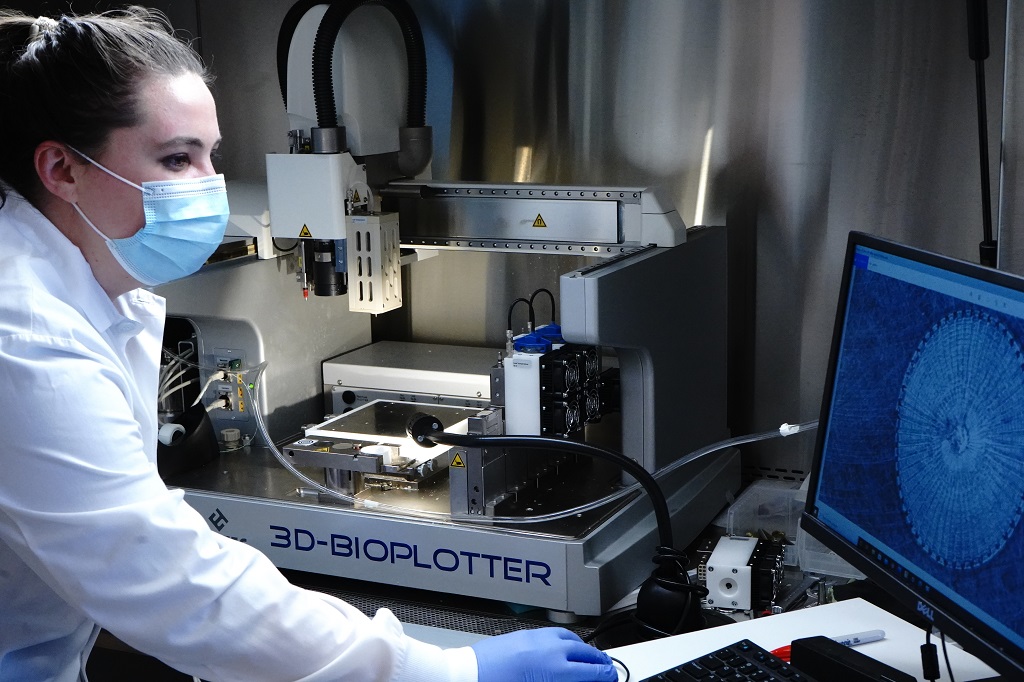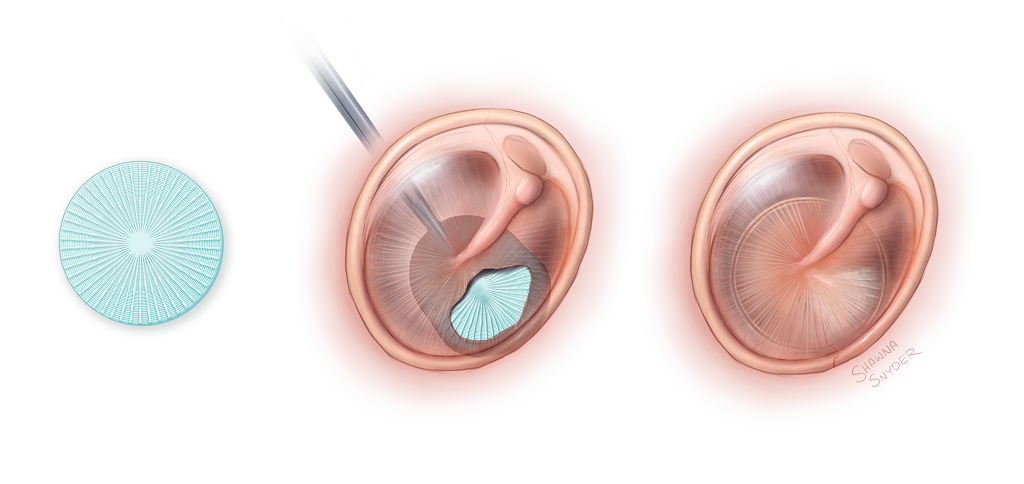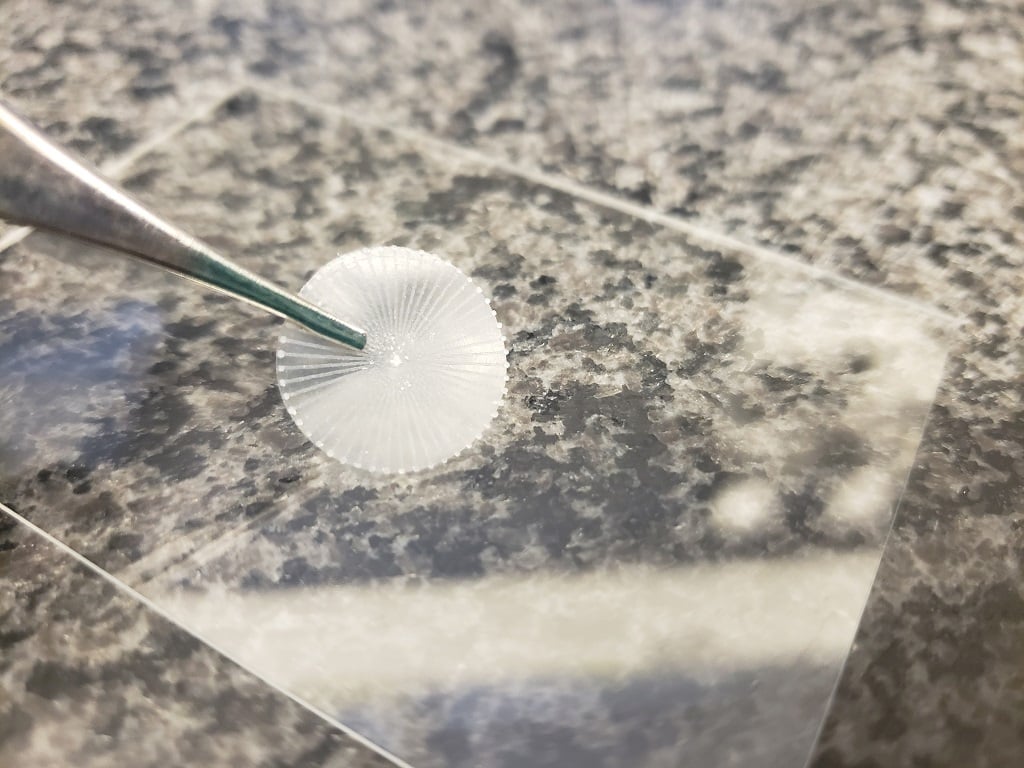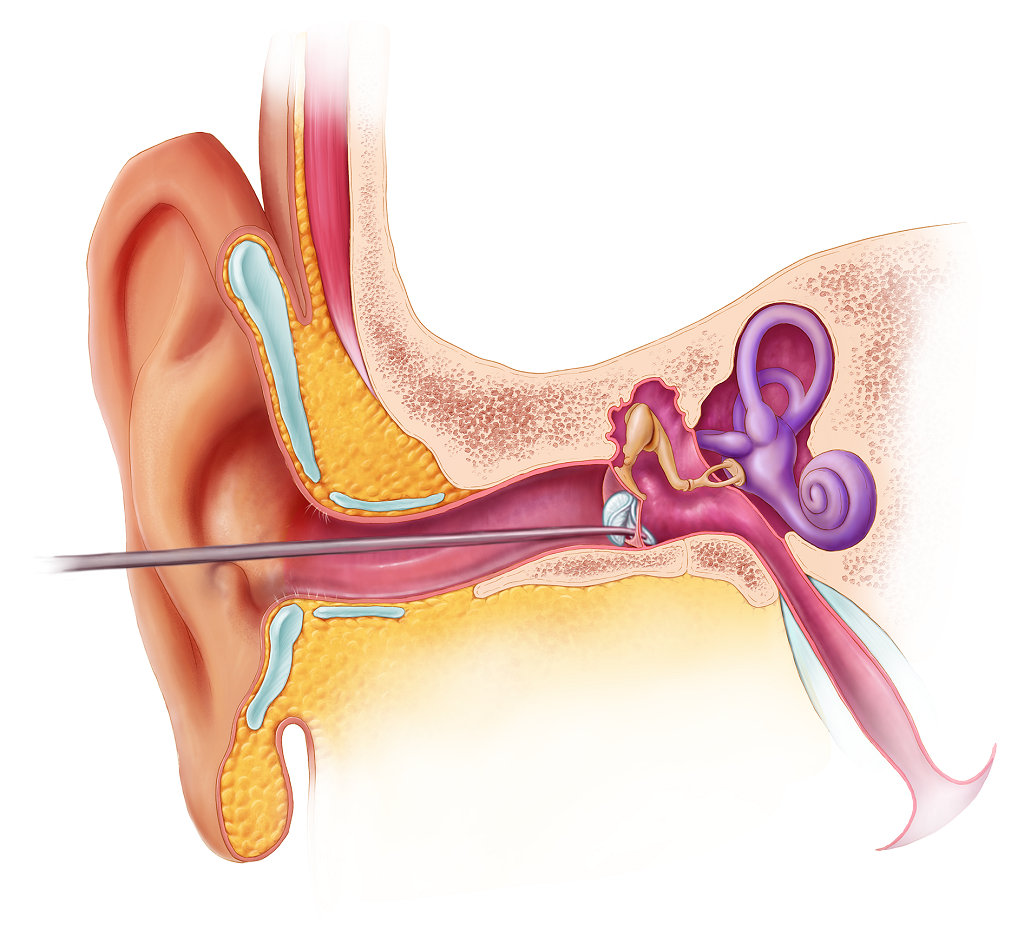
This week, Desktop Health announced a new acquisition set to bring biomimetic 3D printing to eardrum repair.
PhonoGraft
The new technology platform is called PhonoGraft. The biofabrication solution promises to help regenerate soft tissue following damage. Desktop Health explains of the platform’s genesis:
“The concept for the PhonoGraft device arose after the 2013 Boston Marathon bombings, when many individuals sustained eardrum perforations due to the blast injury. Nicole Black, PhD, then a doctoral student in Lewis’ Harvard lab, recognized an opportunity to explore ways in which 3D printing might be used to improve outcomes following eardrum reconstruction. Lewis and her research group, in collaboration with ear surgeons Dr. Aaron Remenschneider and Dr. Elliott Kozin from Mass Eye and Ear, assembled a multidisciplinary team of material scientists and otolaryngologists.”
The Boston Marathon bombing was one of unfortunately many mass-casualty events to take place targeting a large gathering of people. Injuries were widespread among those impacted, and among the most common was perforated eardrums. While less desperate than, say, limb loss, injury to the eardrum is still no small thing. These injuries can result from blasts like this one, or those experienced in military engagements, as well as in more everyday situations like ear infections.
In many cases, surgical intervention is required to restore hearing. That’s no small task, despite the small size of the human eardrum. The delicacy involved requires great precision — and that’s where the advanced science comes into play.
Desktop Health explains:
“Six years of research and development, with an infusion of focused translational funding from the Wyss Institute, led to the creation and preclinical de-risking of the PhonoGraft material and device platform. Black became an entrepreneurial champion for the technology; she and several colleagues founded a startup, Beacon Bio, to advance the technology into commercial development. Beacon Bio has now been acquired by Desktop Metal.”
The PhonoGraft biomimetic graft was developed with medical technology in mind, and in partnership with surgeons. The acoustic and mechanical properties of the graft material have been vital to development.
“This device, which is manufactured from a biodegradable elastomer in the form of customizable biomimetic circular and radial scaffolds, is intended to function like the native eardrum. Preliminary bench studies show that the PhonoGraft device not only closed the eardrum perforation; it supported the body’s regeneration of the complex eardrum structure,” said Black, who has joined Desktop Health as the Vice President of Biomaterials and Innovation. “Such graft architectures benefit from the use of 3D printing and permit the eardrum to transmit both low- and high-frequency sound waves.”
“Preclinical studies in animal models” have validated the efficacy of the PhonoGraft platform. As a biocompatible device, the PhonoGraft sees native cells and blood vessels grow into it as the eardrum repairs. Eventually, the biodegradable graft should be fully replaced by native tissue.

Now a Desktop Health (and therefore Desktop Metal) portfolio holding, PhonoGraft is continuing in development. R&D is at an advanced stage — note that this is not yet an available solution. More preclinical studies and eventually FDA review will take place under the Desktop Health umbrella.
Desktop Health 3D Printing Portfolio
The acquisition marks a notable expansion of the technology portfolio at Desktop Health. Recently the company announced its latest breakthrough in dental 3D printing, with same-day digital denture progress. Moving beyond the dental, Desktop Health is also deepening its work in direct biofabrication.
Imagery provided by the company highlights PhonoGraft work on the 3D-Bioplotter — another Desktop Metal acquisition, as EnvisionTEC is also now part of the expansive overall portfolio.
While the PhonoGraft focuses now on eardrum repair, the potential of such a biodegradable, biomimetic biofabrication technology could extend into other applications.
“We believe that this platform may one day offer a groundbreaking solution to the millions of patients impacted by tympanic membrane perforation (TMP),” said Michael Jafar, President and CEO of Desktop Health. “PhonoGraft material technology, coupled with our leading biofabrication capabilities, has tremendous potential across a wide range of healthcare applications in soft tissue – from cardiovascular and neuronal grafts to plastic surgery. Today’s announcement marks the beginning of our journey to advance personalized medicine.”
Advanced personalized medicine sounds like exactly what Desktop Health has promised since its inception earlier this year. And with ongoing technology expansions, it sounds like that’s just what they’ll be delivering once proper validation and certification occur.
Via Desktop Health


